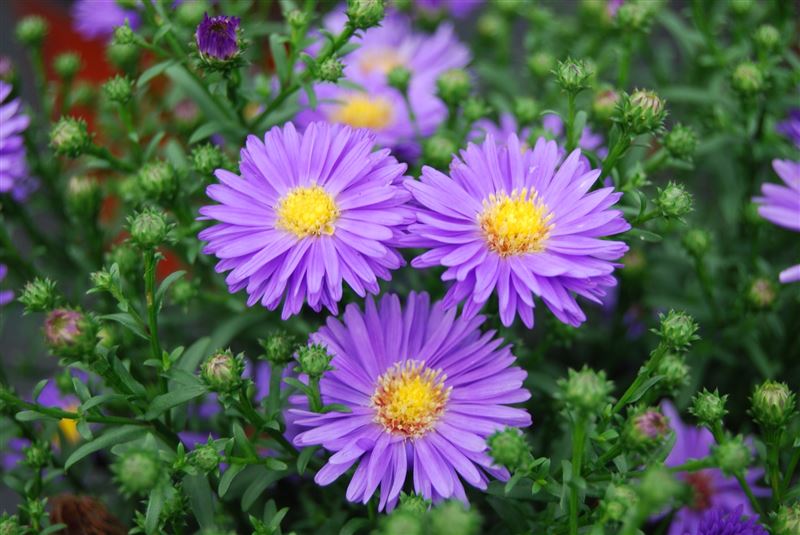Aster flowers are one of the most popular garden plants, with a wide variety of shapes and colors to choose from. They are easy to grow and are a great way to add a splash of color to any garden. In this article, we will look at the types of asters, the best places to plant them, how to care for them and how to propagate them.
Aster flower photos:

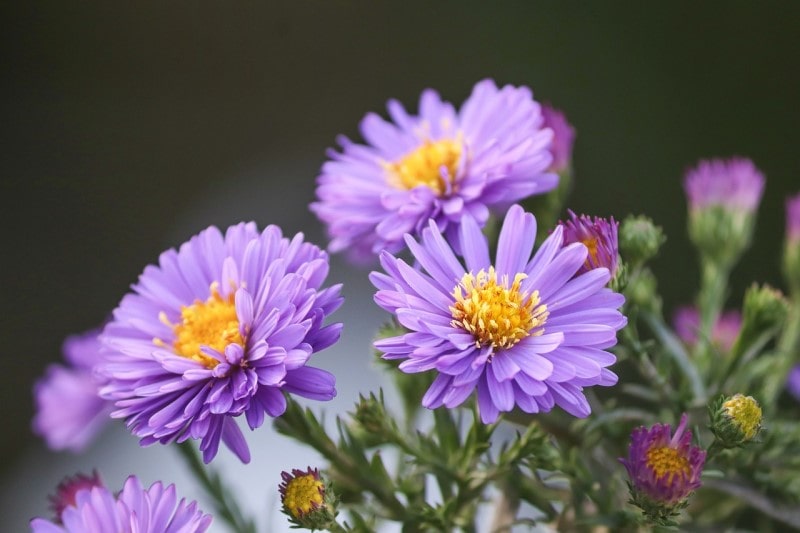
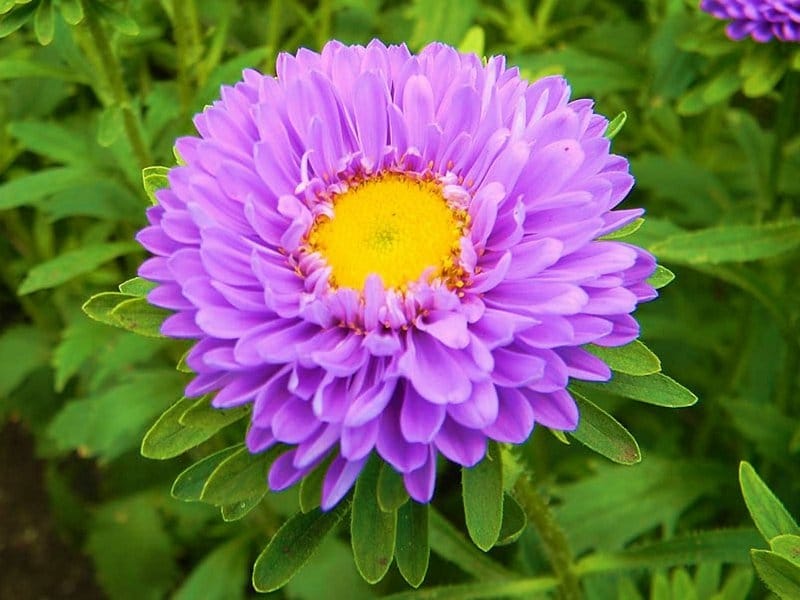
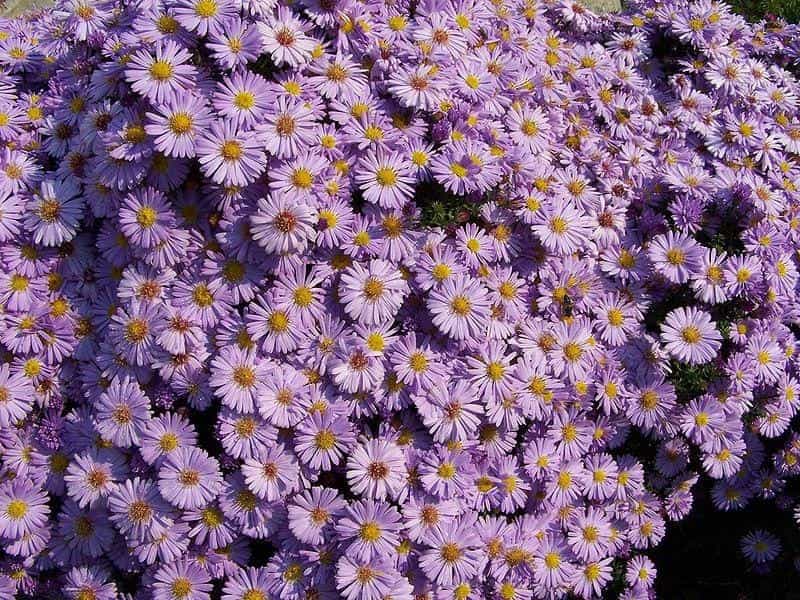
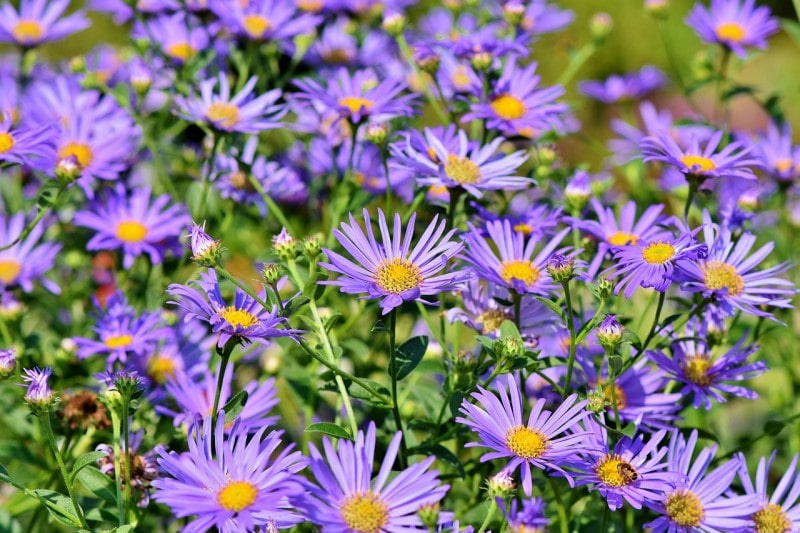
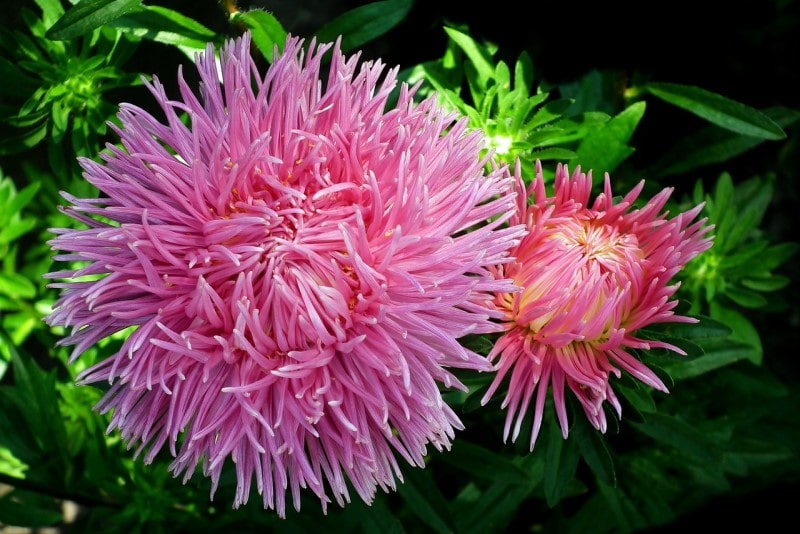
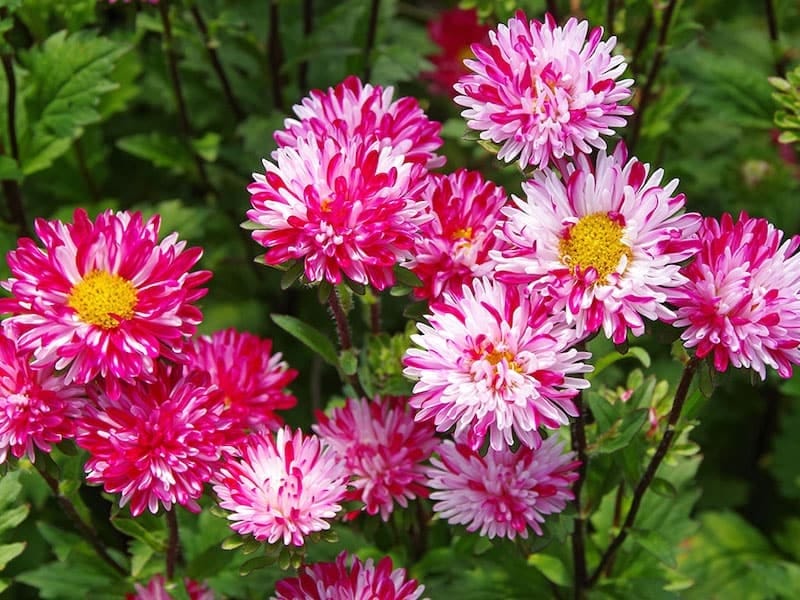
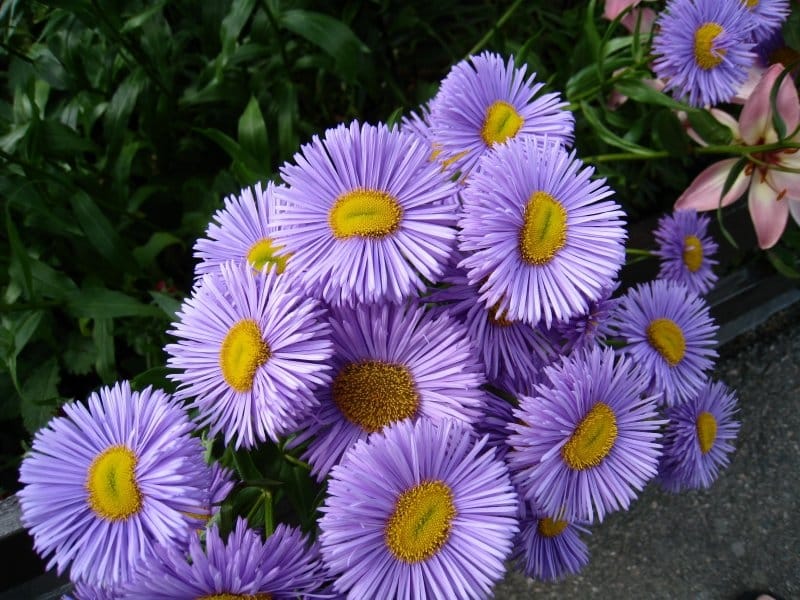
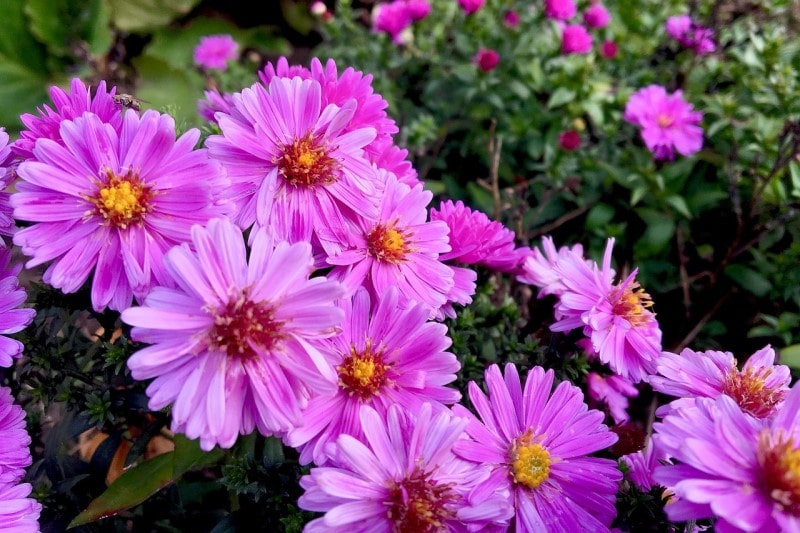

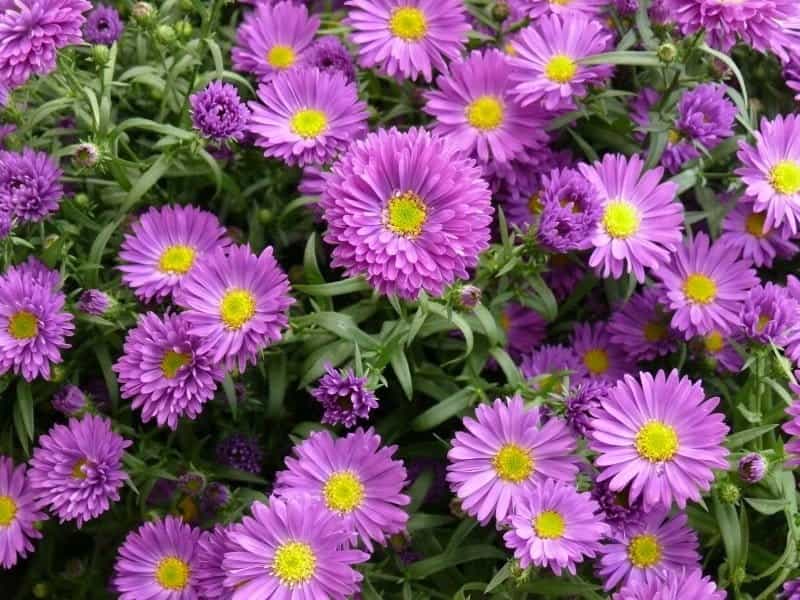

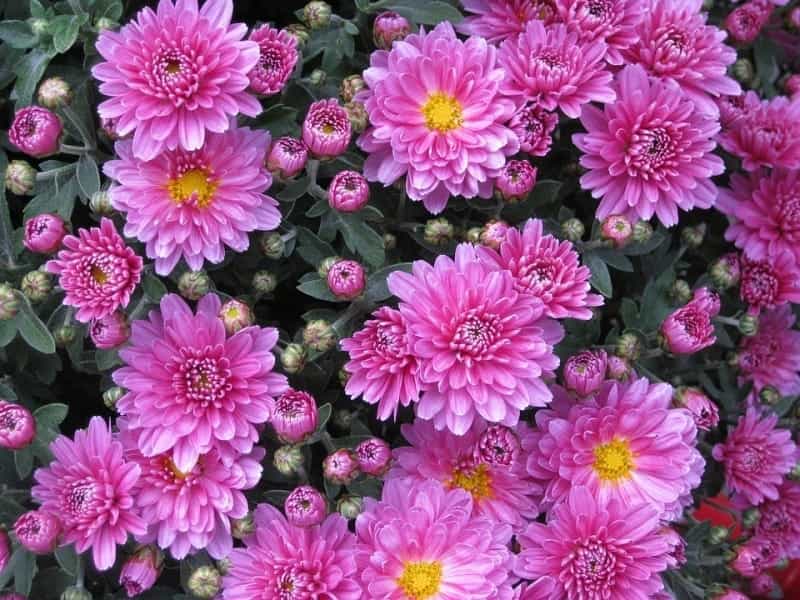
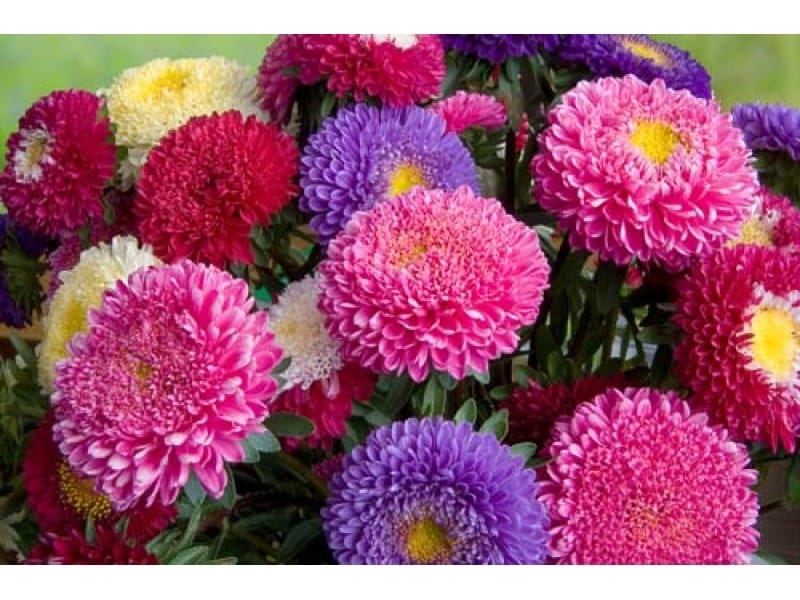
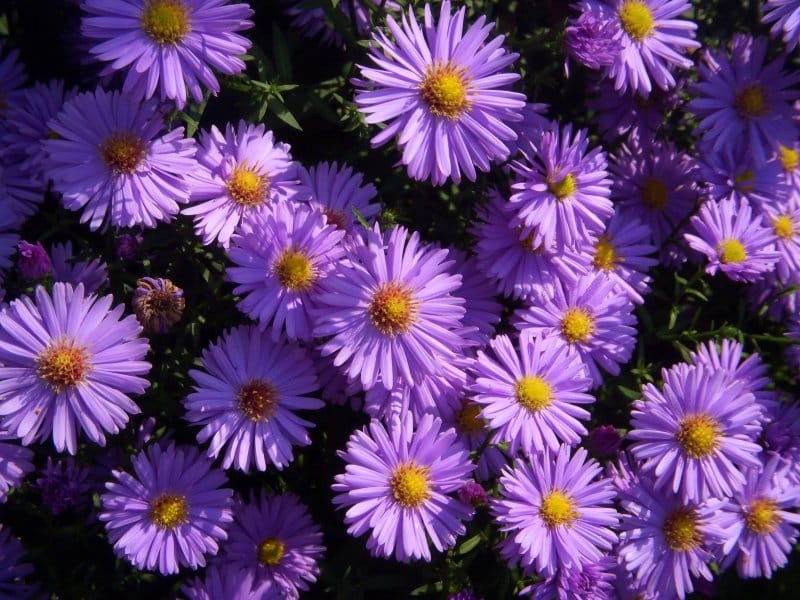

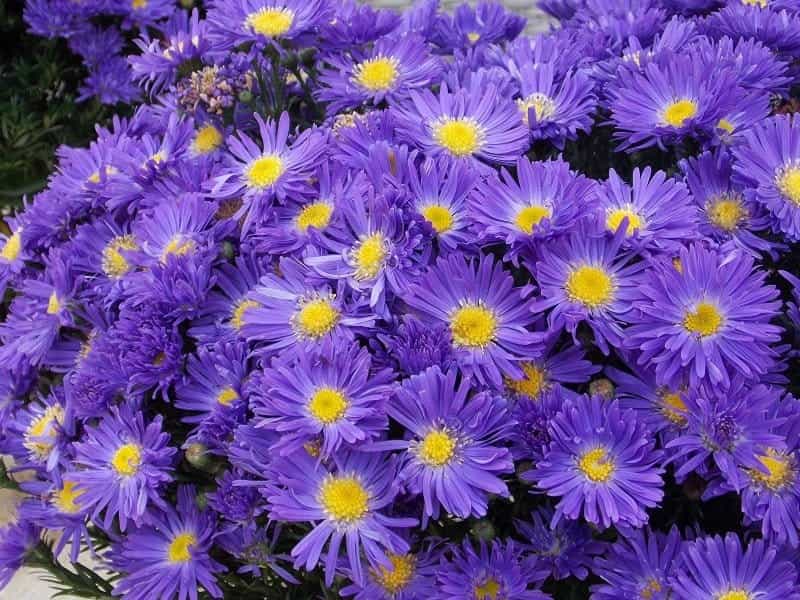
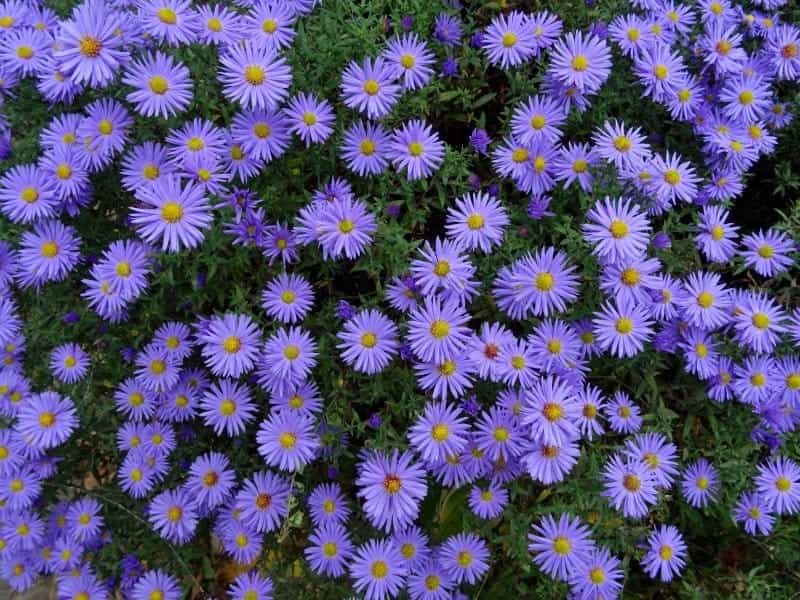
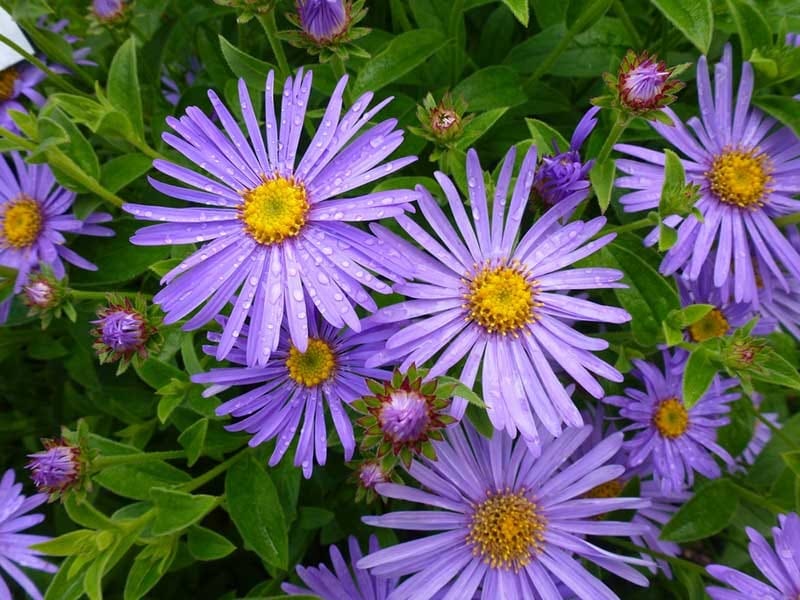
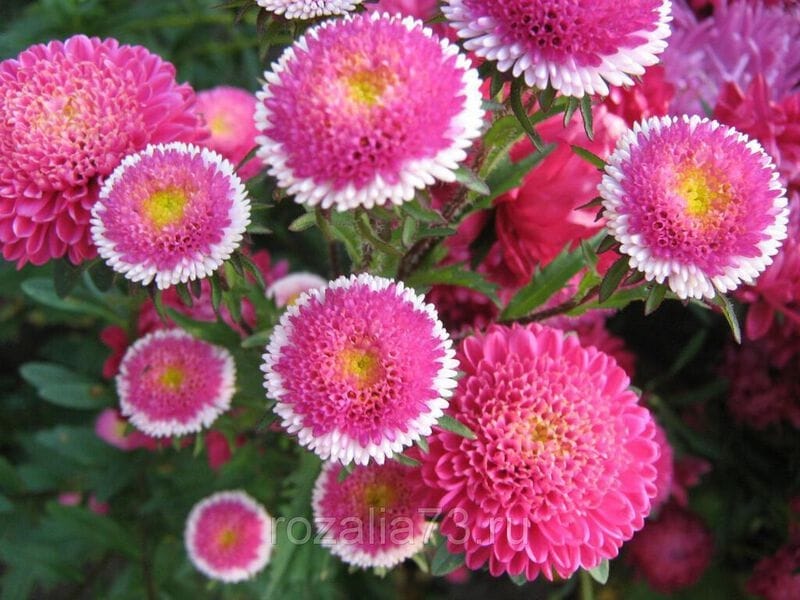
Types of Asters
There are many different types of asters, ranging in size and color. Common types include the daisy-like common aster, which is an easy plant to grow with purple or white flowers; the dwarf aster, which has a low profile and grows to a height of 2-3 feet; and the Michaelmas daisy, which is a tall, upright plant with star-shaped lavender flowers.
Planting Asters
Asters prefer full sun and well-drained soil. They should be planted in the spring, in a location that gets at least 6 hours of direct sunlight per day. They are also cold-hardy, so they can be planted in areas that experience cold temperatures in the winter.
Caring for Asters
Asters should be watered deeply and regularly, to ensure that the soil remains evenly moist. They can also be fertilized in the spring and fall, with a balanced fertilizer. Regular deadheading of the flowers is also important for keeping the plant healthy and encouraging it to bloom.
Propagating Asters
Asters can be propagated by division or by taking cuttings in spring or early summer. Division is the easiest and quickest method, although it should not be done more than once every 3-4 years. Taking cuttings is a bit more labor-intensive but can be used to propagate plants that do not reproduce well by division.
10 Facts about Asters
- Asters are a genus of flowering plants in the family Asteraceae, which also includes daisies and sunflowers.
- The name “aster” comes from the Greek word for “star,” which refers to the shape of the flowers.
- There are over 600 species of asters, and they are found in a wide variety of habitats around the world, including meadows, woodlands, and alpine regions.
- Asters are typically herbaceous perennials, although some species are annuals or shrubs.
- The flowers of asters come in a range of colors, including white, pink, purple, blue, and red.
- Asters are known for their ability to attract a wide range of pollinators, including bees, butterflies, and moths.
- In traditional medicine, various species of asters have been used to treat a range of ailments, including headaches, fever, and respiratory problems.
- Asters have also been used in traditional Chinese medicine to treat digestive disorders and as a natural diuretic.
- In some cultures, asters are associated with love and are used in wedding bouquets and other romantic arrangements.
- In gardening, asters are prized for their late season blooms and are often used in borders, rock gardens, and wildflower meadows. They are also a popular cut flower for arrangements.
